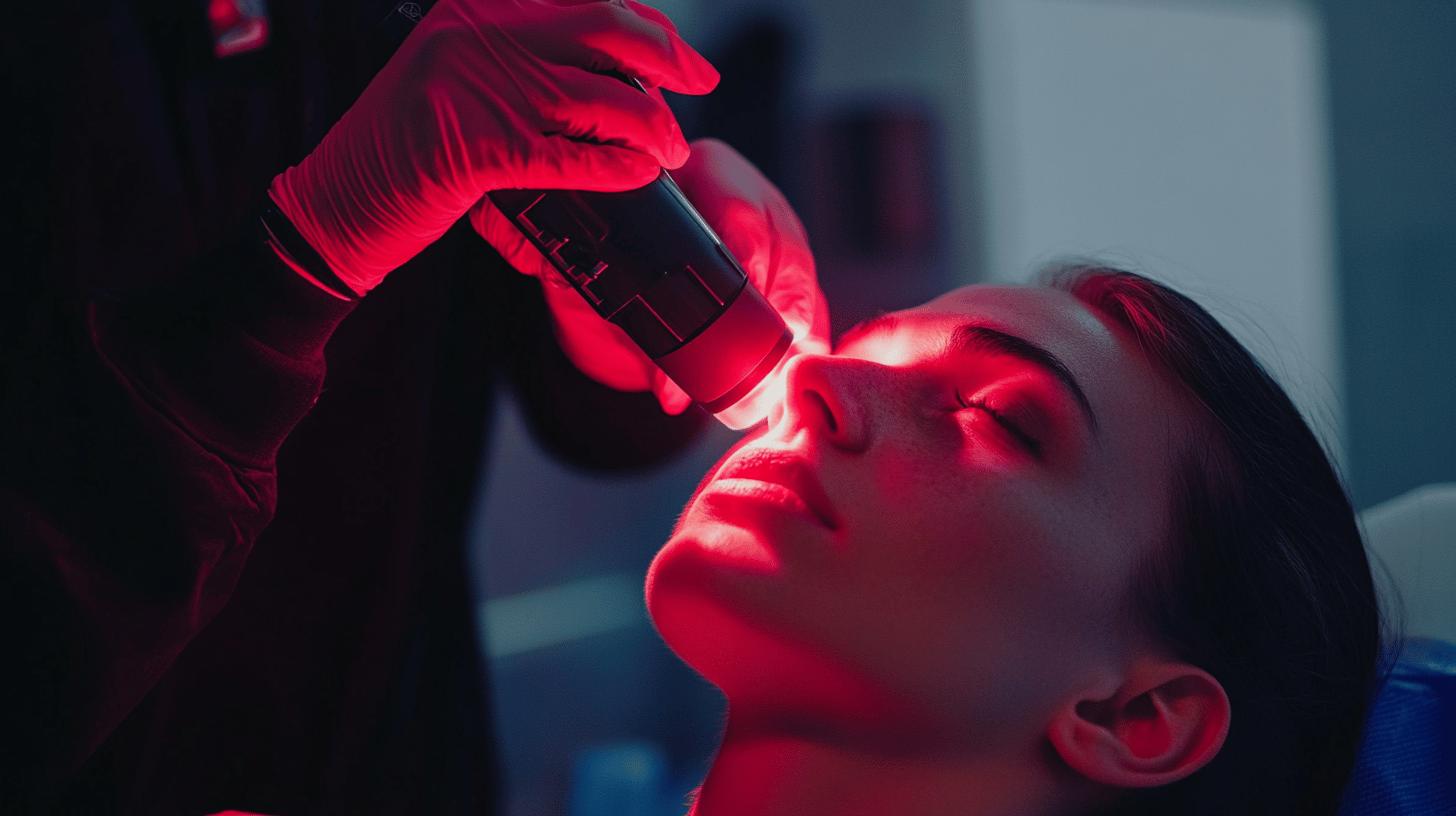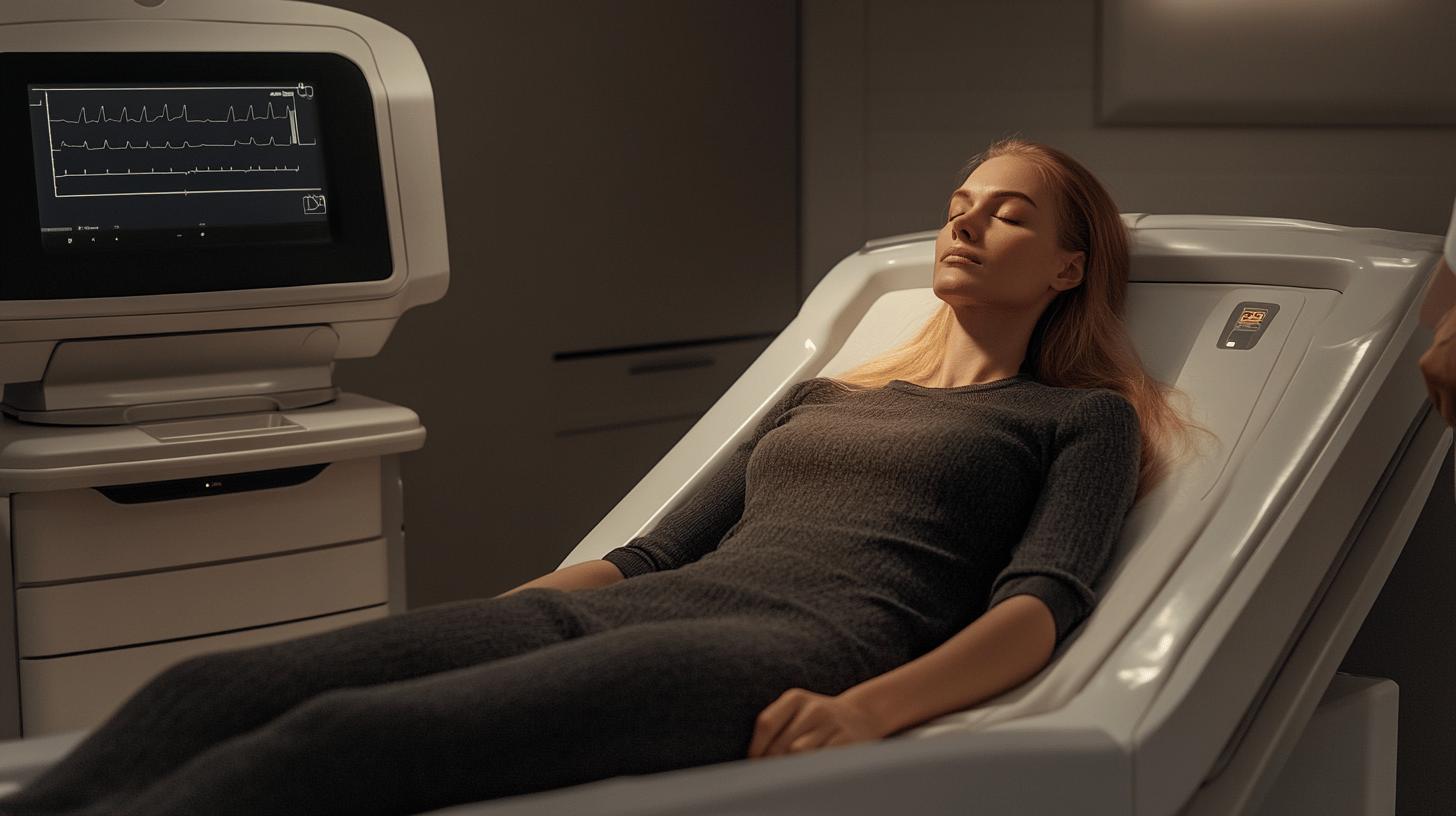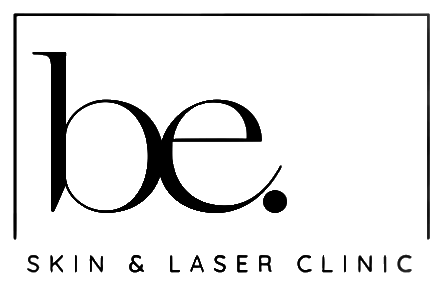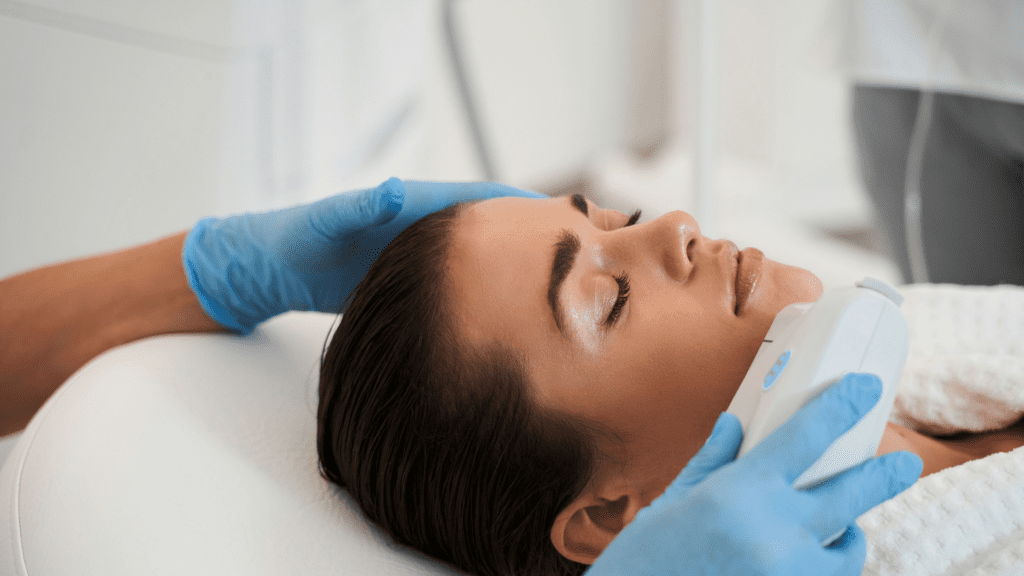Are acne scars sabotaging your quest for flawless skin? You’re not alone—surprisingly, the solution might be closer than you think. Enter the world of laser skin treatments, an advanced technological breakthrough targeting these pesky marks. By breaking down scar tissue and promoting new skin growth with precision, laser therapy engages the skin’s natural healing abilities to significantly reduce scarring. Explore how various laser types, like CO2 and Fraxel, can target and transform your skin, offering a path to renewed confidence. Discover the science behind how laser treatments can effectively dismantle the stubborn strongholds of acne scars.
Understanding How Laser Skin Treatments Help Reduce Acne Scars
Laser skin treatments offer a targeted approach to reducing acne scars by addressing various underlying factors. They work by focusing on bacteria responsible for acne, reducing inflammation, and stimulating collagen production. This multifaceted process decreases the visibility of scars and helps break down existing scar tissue, promoting the formation of new, healthy tissue. The precision of laser treatments ensures that the surrounding skin remains unaffected, making them a safe and effective choice for scar reduction. By understanding the different wavelengths used in these treatments, practitioners can tailor the procedure to the individual’s skin type and specific scar characteristics, enhancing the overall effectiveness of the treatment.
Different types of lasers are employed to treat various scar types, each with its unique mechanism of action. CO2 lasers, known for their ablative capabilities, are effective in removing layers of skin to improve texture and appearance. Fraxel lasers, a type of fractional laser, create microscopic treatment zones to stimulate the skin’s natural healing process. These fractional treatments are particularly beneficial for ice pick and boxcar scars, as they target pigmented cells and encourage skin rejuvenation without extensive downtime.
The benefits of laser treatments for acne scars are numerous. They offer a non-invasive solution with minimal recovery time compared to traditional surgical options. The precision of laser technology allows for targeted treatment, reducing the risk of damaging surrounding tissues. Additionally, by promoting collagen production, laser treatments reduce scars and improve overall skin texture and tone, leading to a more even and youthful complexion. With ongoing advancements in laser technology, patients can expect more effective and customised treatment options tailored to their unique skin needs.
Types of Laser Treatments for Acne Scars
Different laser treatments are available to target acne scars effectively, each designed to address specific skin concerns.
Ablative Laser Resurfacing
Ablative laser resurfacing is a powerful method for treating acne scars by removing the outer layers of skin. This technique primarily utilises CO2 and erbium YAG lasers to enhance skin appearance by promoting the growth of new, smoother skin. These lasers vaporise the damaged skin layers, allowing fresh skin to emerge as part of the natural healing process.
Benefits of Ablative Laser Resurfacing:
- Removes damaged skin layers, improving texture and appearance.
- Stimulates collagen production, enhancing skin elasticity.
- Reduces the visibility of deep scars.
- Provides long-lasting results with fewer sessions.
- Suitable for moderate to severe scarring.
Non-Ablative Laser Treatment
Non-ablative laser treatments rejuvenate the skin by stimulating collagen production without removing skin layers. These treatments utilise infrared lasers to penetrate the skin and encourage collagen synthesis, improving skin texture and reducing scarring.
Benefits of Non-Ablative Laser Treatment:
- It is less invasive, with minimal recovery time.
- Promotes collagen growth, leading to firmer skin.
- Improves skin tone and texture.
- Effective for mild to moderate scars.
- Safe for all skin types.
Fractionated Laser Treatment
Fractionated laser treatments, such as Fraxel, create microscopic holes in the skin to facilitate healing and improve scar appearance. These treatments target pigmented cells and stimulate the skin’s natural regenerative processes, making them ideal for treating boxcars and ice-pick scars.
Benefits of Fractionated Laser Treatment:
- Targets specific scar areas, reducing pigmentation.
- Encourages new tissue growth without significant downtime.
- Improves overall skin texture and tone.
- Suitable for treating both superficial and deep scars.
- Customisable treatment for individual needs.
Combining these laser treatments can offer optimal results for acne scar reduction. By tailoring the approach to the individual’s scar type and skin condition, practitioners can maximise the benefits of each method, leading to smoother, clearer skin and enhanced self-confidence.
The Procedure and Recovery of Laser Treatment for Acne Scars

The laser acne scar removal process typically begins with a consultation where the dermatologist assesses the skin’s condition and determines the appropriate laser type—ablative or non-ablative. Before the procedure, the skin is cleansed, and a topical anaesthetic may be applied to minimise discomfort. The laser is carefully calibrated during the treatment to target scar tissue, stimulating collagen production and promoting skin regeneration. Ablative lasers remove the outer layers of skin, while non-ablative lasers penetrate deeper layers without removing the skin, aiming to improve the skin’s texture and appearance. The procedure usually lasts 30 minutes to an hour, depending on the area treated.
Essential Aftercare Practices Post-Treatment:
- Avoid sun exposure to protect sensitive skin.
- Apply a gentle, fragrance-free moisturiser to aid healing.
- Follow a dermatologist-recommended skincare routine.
- Refrain from using harsh skincare products until the skin heals.
- Keep the treated area clean to prevent infection.
- Hydrate well to support skin recovery.
Recovery time for laser treatments varies, but redness typically subsides within 3 to 10 days. During this period, the skin may feel sensitive, and managing side effects involves diligently following aftercare instructions. If swelling or irritation occurs, applying cold compresses can provide relief. Adhering to aftercare guidelines is crucial to ensure a smooth recovery and maximise the treatment’s effectiveness.
Potential Side Effects and Risks of Laser Treatments
Laser treatments for acne scars are generally safe but can cause some side effects. What are the common side effects of laser treatments? The most frequent include redness, temporary changes in skin colour, and a small risk of infection. Redness typically lasts from a few days to a week, depending on the individual’s skin type and the laser used. Some individuals may experience swelling or itching, which usually subsides within a few days. More serious complications like burns or scarring can occur in rare cases, mainly if a qualified professional does not perform the treatment.
Patients should adhere to specific safety precautions to minimise risks and ensure a safe treatment experience. What safety measures should be taken during laser treatments? Ensuring that the skin is in good condition before treatment is crucial. This involves avoiding sun exposure and using appropriate skincare products. Following aftercare guidelines, such as applying recommended creams and avoiding harsh skincare products, is essential to support healing and prevent complications. Choosing an experienced and qualified provider can reduce the risk of adverse effects, ensuring the treatment’s effectiveness and safety.
Costs and Finding a Qualified Clinic for Laser Treatment
Understanding the cost implications is crucial when considering laser skin treatments for acne scars. The cost of laser treatments can vary significantly based on factors such as the type of laser used, the extent of the area being treated, and the patient’s specific needs. Ablative laser treatments, which remove outer skin layers, are generally more expensive, costing up to £1,500 per session. On the other hand, non-ablative laser treatments, which stimulate collagen production without skin removal, typically range around £800. Additional sessions might be required for optimal results, further influencing the overall cost. These variations in pricing reflect the complexity and technology involved in each treatment option, necessitating a personalised consultation to determine the most appropriate and cost-effective approach for each individual.
| Treatment Type | Cost Range |
|---|---|
| Ablative Laser Treatment | Up to £1,500 |
| Non-Ablative Laser Treatment | £800 |
| Fractionated Laser Treatment | Varies based on requirements |
Selecting a qualified clinic is essential to ensure the effectiveness and safety of laser treatments. What are the key factors in finding a reputable clinic? Evaluating the clinic’s credentials, the dermatologists’ experience and the equipment quality is essential, especially in clinics such as Be. Laser & Skin Clinic Taunton is recommended for their high-quality care and expertise in laser treatments. Choosing a well-established clinic with a proven track record can significantly enhance the treatment’s outcomes and minimise potential risks.
Achieving Long-Term Results with Laser Treatments

Achieving long-term results with laser treatments for acne scars involves multiple sessions, typically ranging from three to six. How many sessions are needed for lasting improvements? A minimum of three sessions is often required to see significant changes. These sessions focus on enhancing skin texture and reducing the visibility of scars by stimulating collagen production and encouraging new cell growth. While laser treatments can substantially diminish the appearance of acne scars, complete elimination is not guaranteed. Instead, patients can expect a noticeable improvement in skin smoothness and tone, leading to a more refined and even complexion.
Maintenance therapy is crucial in ensuring the longevity of results from laser treatments. Why is maintenance therapy necessary? Regular follow-up treatments help sustain the improvements achieved and prevent the reappearance of scars. Setting realistic expectations is vital, as laser therapy aims to reduce, not wholly erase, acne scars. By understanding the potential outcomes and committing to a tailored maintenance plan, individuals can enjoy prolonged benefits and a healthier-looking skin.
Final Words
Exploring how laser treatments can effectively reduce acne scars reveals their versatile role in skin rejuvenation. From understanding the principles and types of lasers like CO2 and Fraxel to knowing their benefits in collagen stimulation and scar reduction, laser treatments offer promising results. Procedures involve specific aftercare; potential side effects are minimal when handled with care. Although costs vary, choosing a reputable clinic, such as Be. Laser & Skin Clinic Taunton ensures quality treatment. Individuals can achieve enhanced skin health and a confident appearance with multiple sessions.
FAQ
How does laser help with acne scars?
Laser treatments target bacteria and reduce inflammation, promoting collagen production to reduce acne scars. They break down scar tissue and encourage healthy tissue formation, significantly improving skin texture and appearance.
What types of laser treatments are used for acne scars?
Treatments include ablative lasers like CO2, non-ablative lasers, and fractionated lasers like Fraxel. Each addresses different scar types by removing skin layers, stimulating collagen, or improving scar appearance without skin removal.
How long does laser treatment for acne scars last?
The results of laser treatments for acne scars can be long-lasting, though maintenance sessions may be required. Improvements in skin texture and scar reduction are typically visible after multiple sessions.
Can laser hair removal on the face get rid of acne scars?
Laser hair removal is not designed to remove acne scars. It primarily targets hair follicles and doesn’t affect scar tissue like laser treatments for acne scar reduction.
What is the cost of laser treatment for acne scars?
Laser treatment costs vary. Ablative procedures are typically more expensive, up to £1,500, while non-ablative treatments are around £800. Costs depend on the type of laser used and clinic location.
What are the side effects of laser treatment for acne scars?
Common side effects include temporary redness, changes in skin colour, and potential infection risks. Proper aftercare, such as avoiding sun exposure, helps minimise these side effects.
How does laser treatment remove scars?
Laser treatment removes scars by breaking down scar tissue and stimulating collagen production, leading to new, healthy skin formation. This reduces the visibility of scars and enhances skin texture.
What should I expect before and after CO2 laser treatment for acne scars?
Skin assessment and preparation are crucial before treatment. After CO2 laser treatment, redness and swelling are expected, with recovery taking up to 10 days. Results include smoother skin and reduced scar visibility.
How do I find a qualified clinic for laser treatment?
Look for clinics with qualified dermatologists, ensuring they use certified equipment and have positive reviews. Be. Laser & Skin Clinic Taunton is recommended for quality laser treatment care.





